The default SUV of choice for many people is either the Toyota RAV4 or Honda CR-V, selling around 1 million units in the US annually. These models also sell around 50% in hybrid form, which is why two of the up-and-coming rivals are going hybrid this year. This is the new Subaru Forester Hybrid and new Mazda CX-50 Hybrid, and you might be surprised to learn that both borrow from Toyota’s expertise to deliver these high-MPG variants. So, who wins in a 2025 Mazda CX-50 Hybrid vs. 2025 Subaru Forester Hybrid battle? Well, let’s find out right now!
Pricing and Equipment
Before we get into what’s similar and different between these two, let’s first set things up with the pricing breakdown.
Starting with the CX-50, we have the new hybrid model in its top trim known as Premium Plus. All told, it’s a little over $42 grand.
CX-50 (Hybrid Premium Plus AWD): $40,050 | Options: +$595 | Destination: $1,420 | Total: $42,065
Moving to the Forester, it also adds a new hybrid option for 2025. In its top trim level, Touring, it comes in a little more expensive at a grand total of $43,610.
Forester (Hybrid Touring AWD): $41,695 | Options: +$495 | Destination: $1,420 | Total: $43,610
Exterior Design
Starting with the exteriors, these two SUVs have a more rugged edge to them than your average RAV4 or CR-V. They have more capability which we’ll discuss in detail later, but for now, you can see that their designs walk the line between classy and tough. Both vehicles feature darkened grilles and full-LED lighting with projector-beam headlights up front. The Subaru’s are adaptive, and it also includes fog lamps, which is becoming increasingly rare in the class.
Note: Not adaptive because that is only offered on Turbo trims.
Continuing to the sides, you’ll find the CX-50 is about 2-inches longer than the Forester, but you might be surprised at who has more space on the inside later in this comparison.
Length: 183.3-inches (Forester) | 185.8-inches (CX-50)
In the meantime, at the wheels, both have 19-inch alloys and thick cladding for the segment on the wheel arches. The Forester Hybrid gains a new two-tone roof option, which is something you cannot add to the CX-50.
As we head for the back, lets compare the features differences. Both have exposed wipers, spoilers, and one or two exposed exhaust tips. However, the Mazda has the advantage for rear lighting with every element of the taillight cluster being LED.
Hybrid towing capacities are both 1,500 lbs.
Towing: 1,500 lbs. (Forester Hybrid) | 1,500 lbs. (CX-50 Hybrid)
Additional Features
As far as the mirrors are concerned, they both have BSM, heating, and LED turn signals, and the Mazda also adds power-folding.
And speaking of Blind Spot Monitoring, family SUVs need to be safe, and one of the really nice things about these two is that all four of your major active safety features are included as standard equipment on all trims. If you’re frequently backing into things, both models fully loaded trims also include rear auto-braking as well.
Lastly for the outside, both have the same warranty coverage and no complimentary maintenance.
BOTH: Warranties: Basic: 3yr/36k mi | Powertrain: 5yr/60k mi
This is shaping up to be a tight race, so let’s get into the interiors.

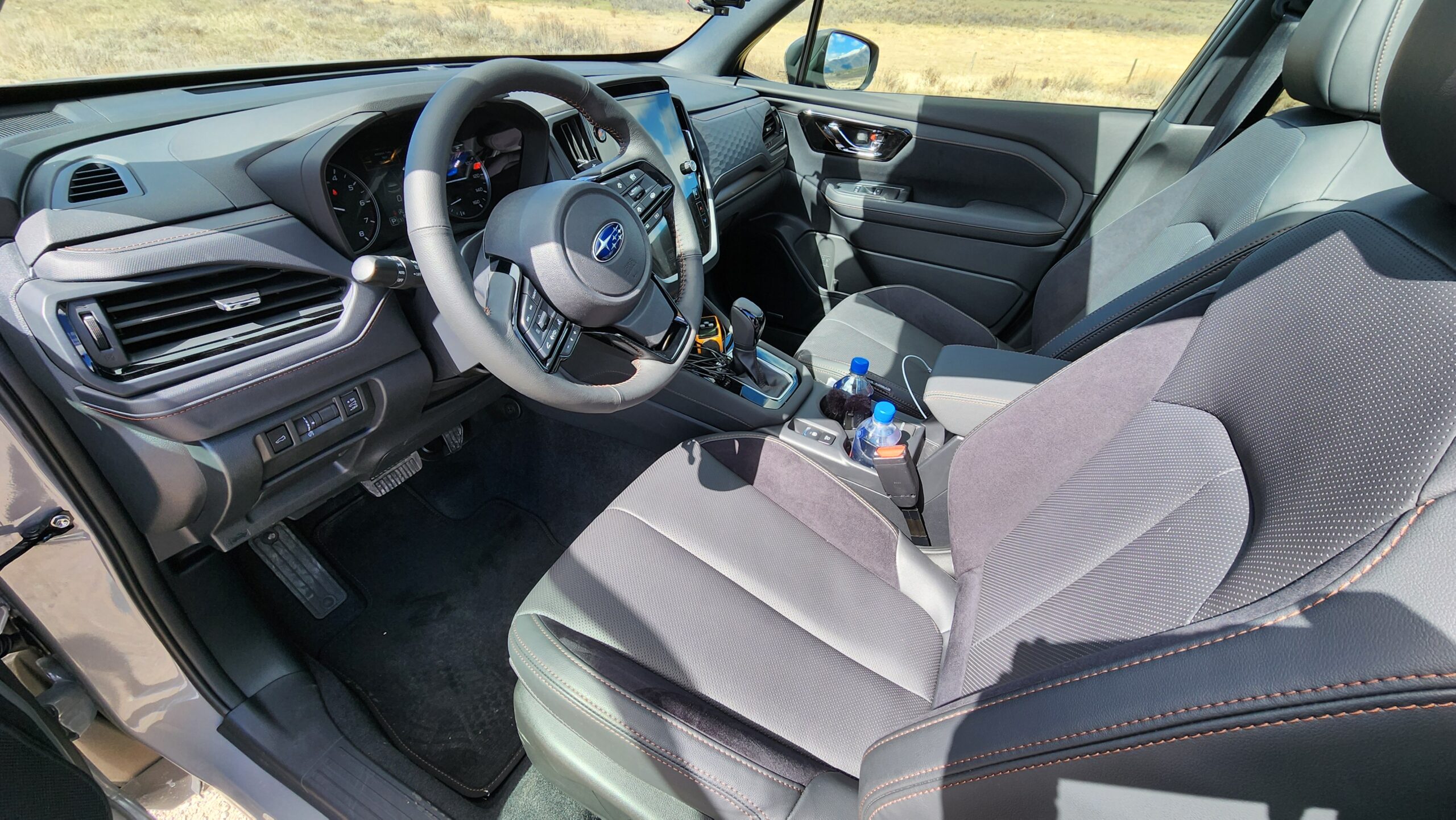
Interior Design
Approaching both SUVs, they have smart entry systems and their brand’s respective key fobs. Both models have app-based remote start, free during the trial period.
After opening the doors, you’ll see these two closely follow the design themes that each brand is known for. There are some nice touches as well, but before we get into those luxuries and features, let’s talk about the seats.
They match each other in this area, both having 10-way power seats with lumbar support, finished in real leather, with memory. Both models also have seat heating and ventilation for extra comfort.
Now once inside the cabins, let’s check out the major point category of material quality. Like many Mazda’s, they have put a lot of focus into delivering a luxurious experience with higher-end materials, padded areas, and stitched leatherette throughout. The Forester also has plenty of soft materials around the cabin, but it doesn’t feel quite as plush as the Mazda.
After startup, we have some pros and cons depending on what you find important from the gauge area. The Forester Hybrid introduces a new 12.3-inch digital and customizable gauge cluster, while the Mazda has a smaller 7-inch display with limited customizability.
However, when you look out the windshields, you’ll notice that with these fully loaded models, only the Mazda includes a head-up display.
Moving back, they have leather-wrapped steering wheels and even rain-sensing wipers. Oddly enough, the hybrid CX-50 can’t get a heated steering wheel which is standard on Forester Touring.
Storage and Technology
Now it’s time to evaluate another major interior section: storage. One of Mazda’s weaknesses has long been interior space and that applies to this model as well when compared to the Forester. Its console storage is smaller as well as other front cubbies, and that’s not to mention the inconvenient placement of the CX-50’s cupholders that impede the climate controls with large drinks.
Despite the storage differences, both still have physical shifters. When in reverse, only the Forester includes a 360-degree camera since Mazda reserves that feature for only the even more expensive turbo model.
Moving to the dual-zone climate controls, the CX-50 has traditional physical knobs and buttons while the Subaru goes controls mostly in the touchscreen. Especially after startup, this results in lag and difficulty turning on things like the heated or vented seats.
Both models have physical volume knobs, though. Let’s go ahead and listen to a sound sample. Despite the one speaker deficit, the Harmon Kardon in the Subaru has the more balanced and rich sound quality.
CX-50: 12-speaker Bose CenterPoint audio
Forester: 11-speaker Harmon Kardon audio
People want a high level of technology in cars nowadays, so let’s move to the key element of infotainment displays. As far as the sizing, CX-50 has a 10.25-inch setup vs. a 11.6-inch one in the Subaru, and both have key features such as wireless AA and ACP.
But more important than the size difference is that the Mazda’s screen is mounted far away from the driver, since it is intended to be navigated by the control knob behind the shifter. When using Mazda’s interface, you cannot touch the screen, although you can strain to touch it when using wireless AA and ACP. The Subaru’s interface is far from perfect but is easier to use on the day-to-day.
As we wrap up the front of the cabins, both have auto-dimming mirrors but only the Subaru includes a camera mirror.
Up top, you’ll find a large panoramic style moonroof on both.
LOOKING TO BUY One OF THEse VEHICLES?
A smart next step would be to check our Car Quote Tool. This tool will connect you with local dealerships in your area to get you the BEST price, access to INVOICE PRICING information, and a monthly payment calculator. Get dealerships to compete for your business!
Rear Seats and Cargo
Compact SUV’s fit a wide range of lifestyles, including families with kids or people that often have other people in the backseats. So, diving into this important space, let’s talk about the space figures first. On paper, the measurements are very similar to one another but visually, you can see that the Forester has the more accommodating space. Not just visually, but when we adjust the driver’s seat to the same 5’8” driving position and bust out the Official Car Confections Ruler, we see the Forester deliver 2 inches more knee room.
I also want to point out that the CX-50’s back seats do not recline, unlike the Forester.
CX-50: Legroom: 39.8 inches | Headroom: 38.6 inches
Forester: Legroom: 39.4-inches | Headroom: 37.7-inches
Now that that’s out of the way, they also have quite a few features. Both give you USB ports and rear vents, plus heated back seats for the Subbie. For whatever reason, Mazda doesn’t equip the hybrid models with heated back seats even though they are on the Turbo version of this same trim.
Now let’s see how much stuff you can bring along with you for the journey. Both have power tailgates, though only the Forester has hands-free kick-to-open.
Once they open up, you will see an interesting trend: the CX-50 Hybrid outperforms the Forester behind the second row, but it’s the Forester that has the approximately 20% advantage in maximum cargo capacity.
Forester (Hybrid): Behind 2nd row: 27.5 cubic feet | Max: 69.1 cu.ft
CX-50 (Hybrid): Behind 2nd row: 29.2 cu. ft | Maximum: 56.3 cu. ft
Both models have convenient switches in the cargo area to fold the seats, but differences in the hybrid systems and packaging mean that only the Mazda has a spare tire.
That it for the inside, so now let’s take these hybrid systems out on the road to test them out!
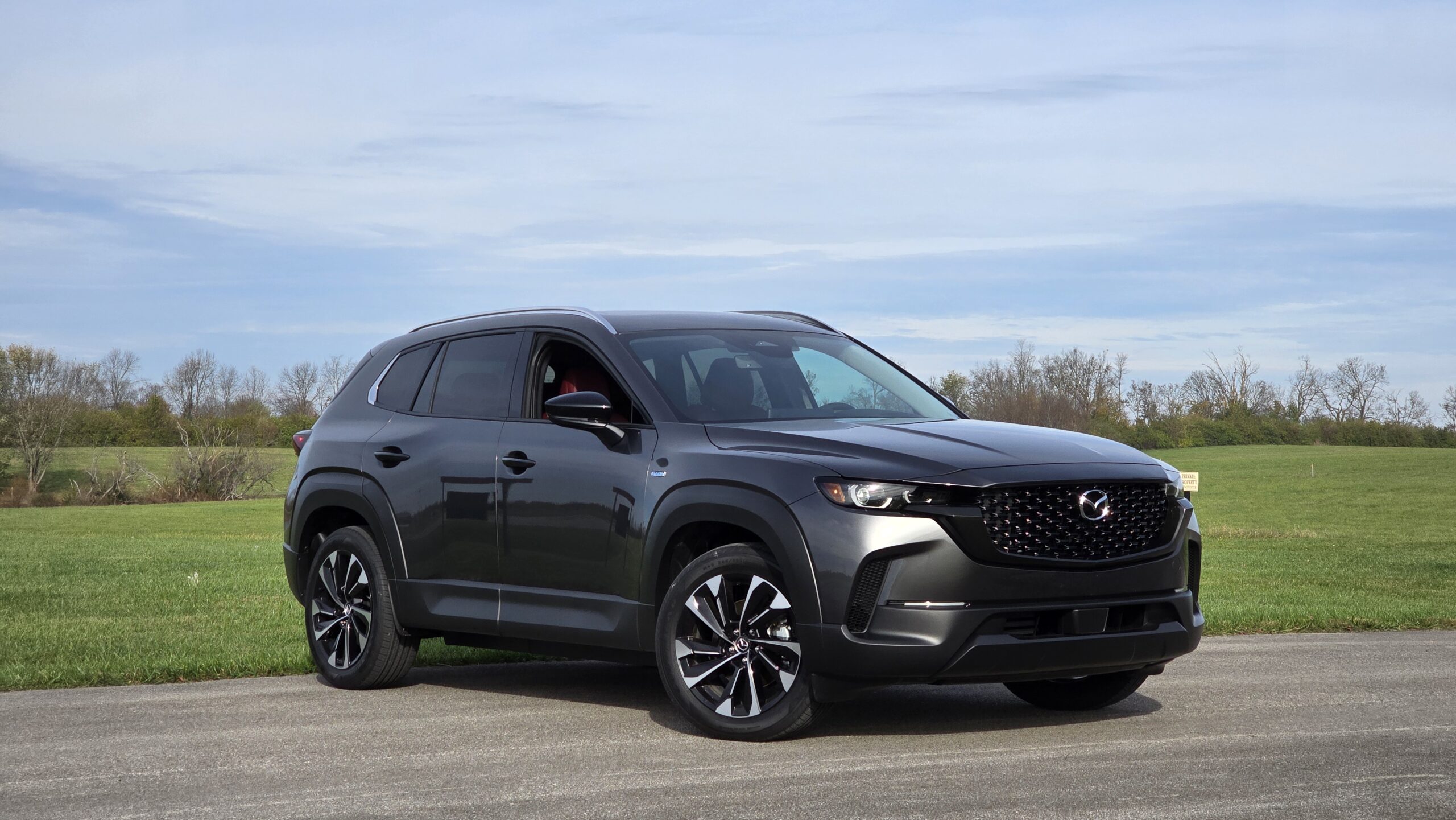
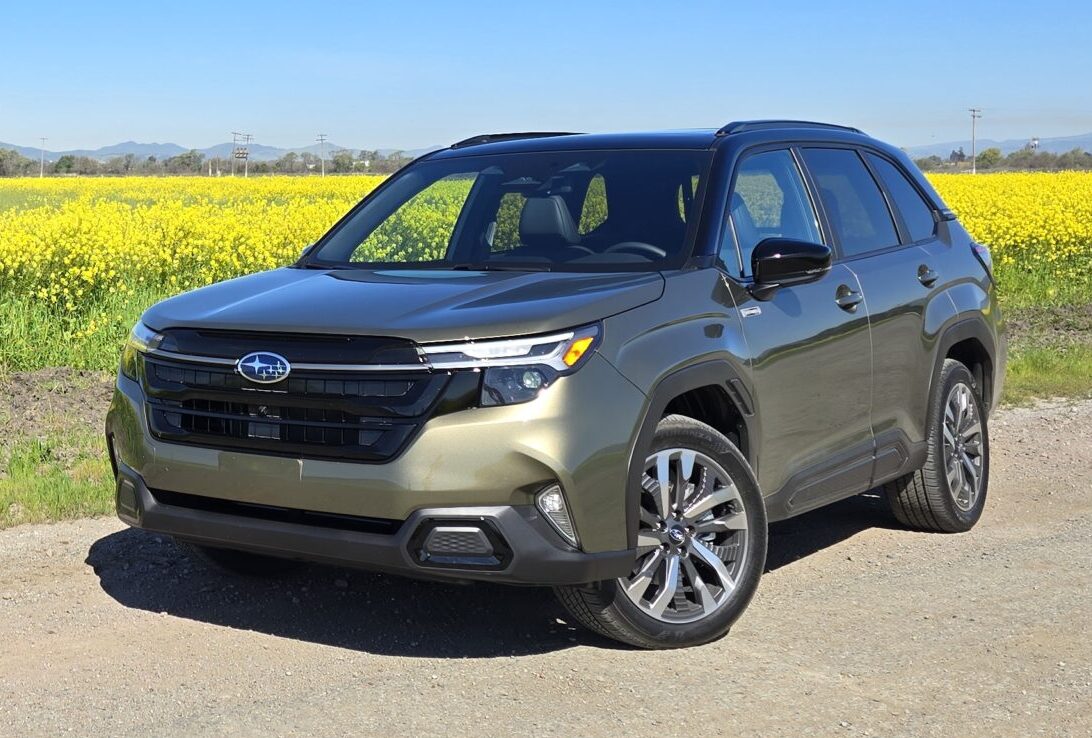
Powertrains
Like I said at the beginning, the auto industry is odd, and these two models have some shared components between their powertrains since both borrow from Toyota. But they don’t borrow from their corporate partner the same amount. Mazda basically took the RAV4 Hybrid’s powertrain and plugged it into the CX-50, while Subaru only used a few shared components opting for their own engine and AWD system. We will get into more details of that in a bit but for now know that the Mazda has about a 12% power advantage.
Forester Hybrid: 2.5L H-4 + Elec: 194 hp
CX-50 Hybrid: 2.5L I-4 + Elec: 219 hp
When it comes to transmissions, both have eCVT’s and AWD, but how the AWD systems are configured is what’s interesting.
The Forester, with its more off-road and rugged nature, was designed to keep Subaru’s famous Symmetrical AWD system. This is a mechanical full-time AWD system, compared to the CX-50, which essentially operates as a FWD vehicle most of the time but will kick in the rear electric motor to make AWD when needed. That, paired with the Forester’s greater ground clearance, means it is significantly more capable when going off the beaten path or in incitement weather.
Test Drive and Fuel Economy
Besides transmissions, you’re probably wondering how quiet the cabins are when cruising. Well, that’s why here at Car Confections, we take a sound-level reading of every vehicle we test on our channel. Unfortunately, our test was taken in California for the Forester but so it can’t be directly compared but we look forward to testing it back home in Kentucky soon.
Forester: 55.9 dB @ 55 MPH (California)
CX-50: 57.5 dB @ 55 MPH
Now let’s talk about the ride quality. This is where you see distinctly different priorities. The CX-50 has a very sporty suspension tune to help with driving dynamics when compared to Forester. Because of that, you feel road imperfections and bumps more prominently in the CX-50.
On the flip side, however, the CX-50 exhibits incredible handling. While Forester is not sloppy and is fine for the segment, it can’t quite compete with the Mazda’s athleticism and steering feel.
Lastly, let’s talk fuel economy. That’s one area where both excel and will save you thousands at the pump compared to many other new vehicles. The full-time AWD system hurts the Subaru’s MOG performance compared to the Mazda though, coming in at 35 MPG vs. 38 MPG in the Mazda.
CR-V (Hybrid AWD): 35/34/35 MPG
CX-50 (Hybrid AWD): 39/37/38 MPG
Reliability, Resale, and Value
In our reviews and comparisons, we are also adding in reliability and resale information to give you a better picture of the overall value beyond just the original MSRP.
Beginning with reliability, we developed the Combined Reliability Index, which takes into account several studies from trustworthy sources, and combines them in a way that gives a more realistic picture. Here, they are both above average but not the same degree. Subaru ranks 11 slots ABOVE the industry average, meanwhile Mazda is slightly above average for reliability, by 2 slots to be exact.
We also put Mason’s economics degree to work to develop a detailed Predicted Resale Value tool. After 5 years and 60,000 miles, Subaru has the #3 highest predicted resale value of any brand at 63.03% and Mazda closely trails it at 59.4%.
Resale is obviously important because it determines how much money you get back, but we can’t forget about the price difference at the original purchase. The Forester costs $1,545 more than the CX-50.
I want to emphasize that if money, reliability or resale value matter less to you personally, feel free to disregard these points. And if you’d like to check out all our data about reliability and resale values, as well as learn about our methodology, make sure to head to www.carconfections.com/resale and www.carconfections.com/reliability. Buying a car is a big decision, and this is a great place to compare all the makes you might be cross-shopping.
2025 Mazda CX-50 Hybrid vs. 2025 Subaru Forester Hybrid Winner!
So, there you have it; another hot compact crossover comparison is in the books. But let’s recap a little bit and discuss who should be your personal winner.
CX-50:
- Luxury features: vented seats, HUD, pano moonroof
- Ultimate driving dynamics
- Tow capacity
Forester:
- Enhanced off-road capability (symmetrical AWD with Hybrid)
- More features as tested (heated back seats)
- Audio system & larger screen
Now we want to know your opinions, so make sure to head to the comment section and let us know which one you would pick!
Thanks for joining us for another Car Confections Comparison! We’ll catch you next time as we sample the latest automotive delicacies!
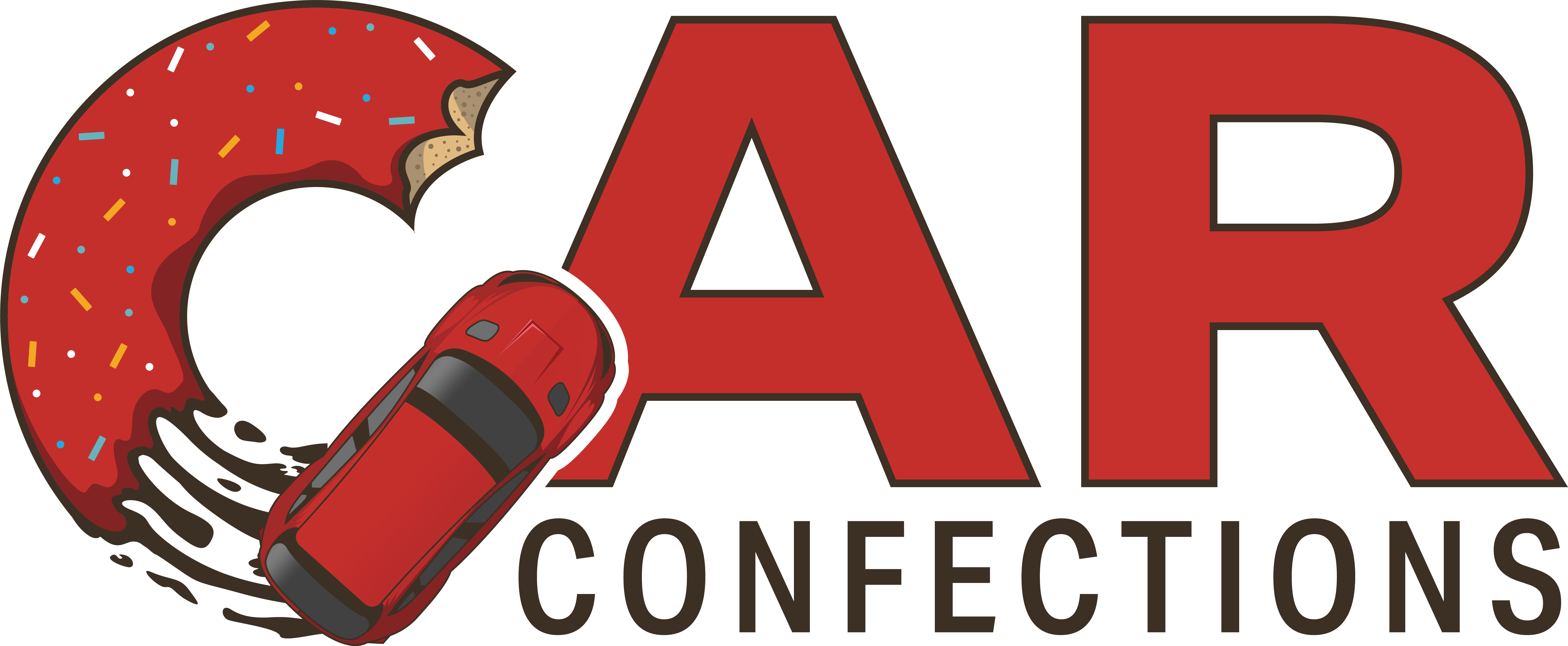
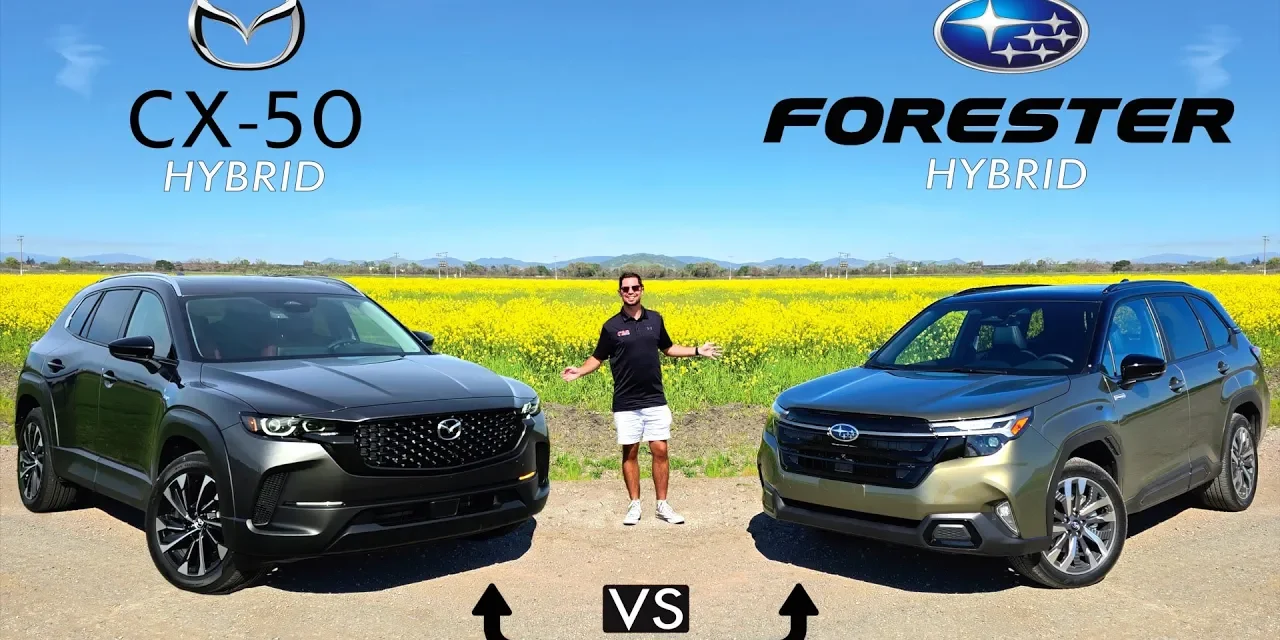
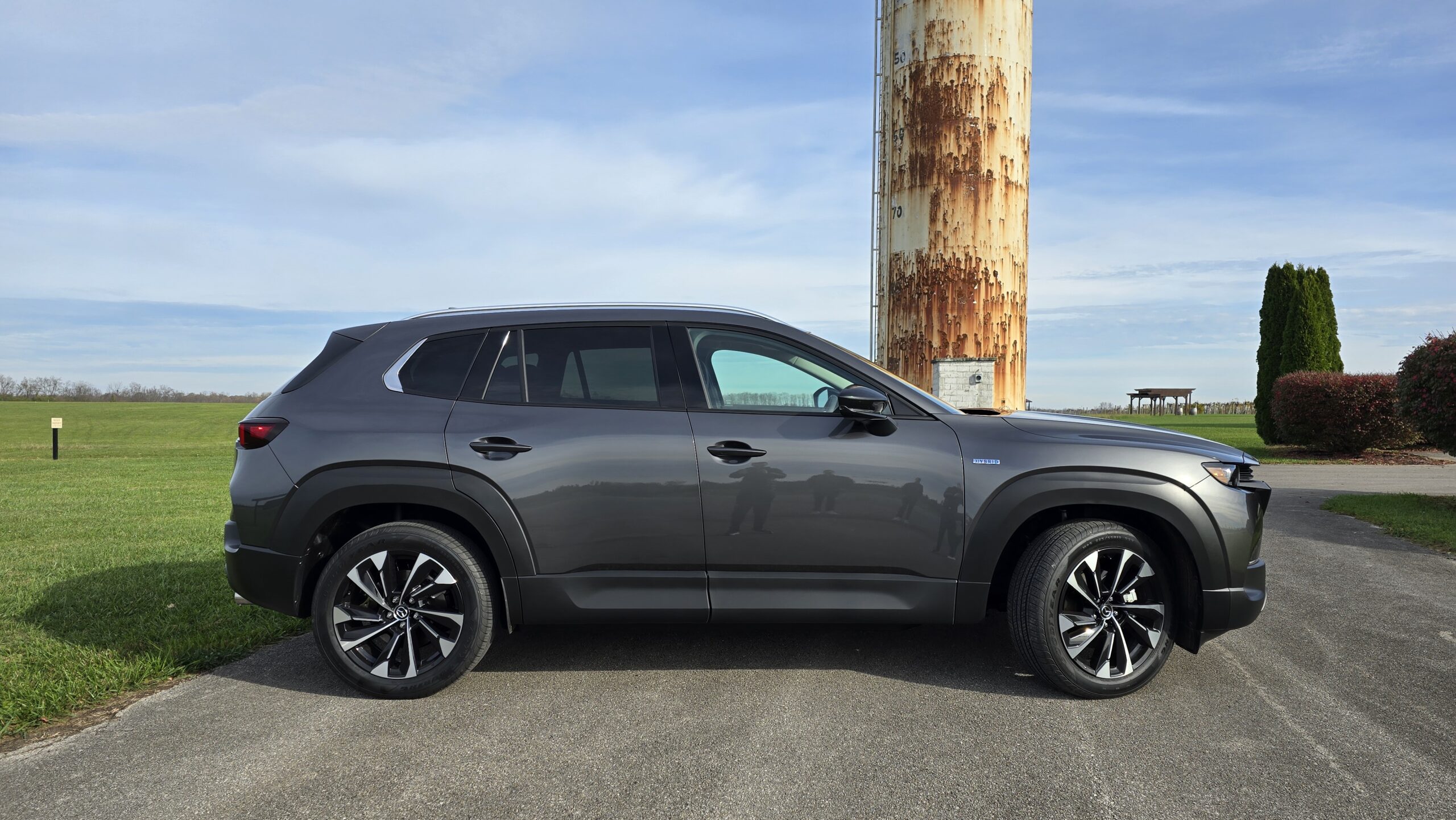
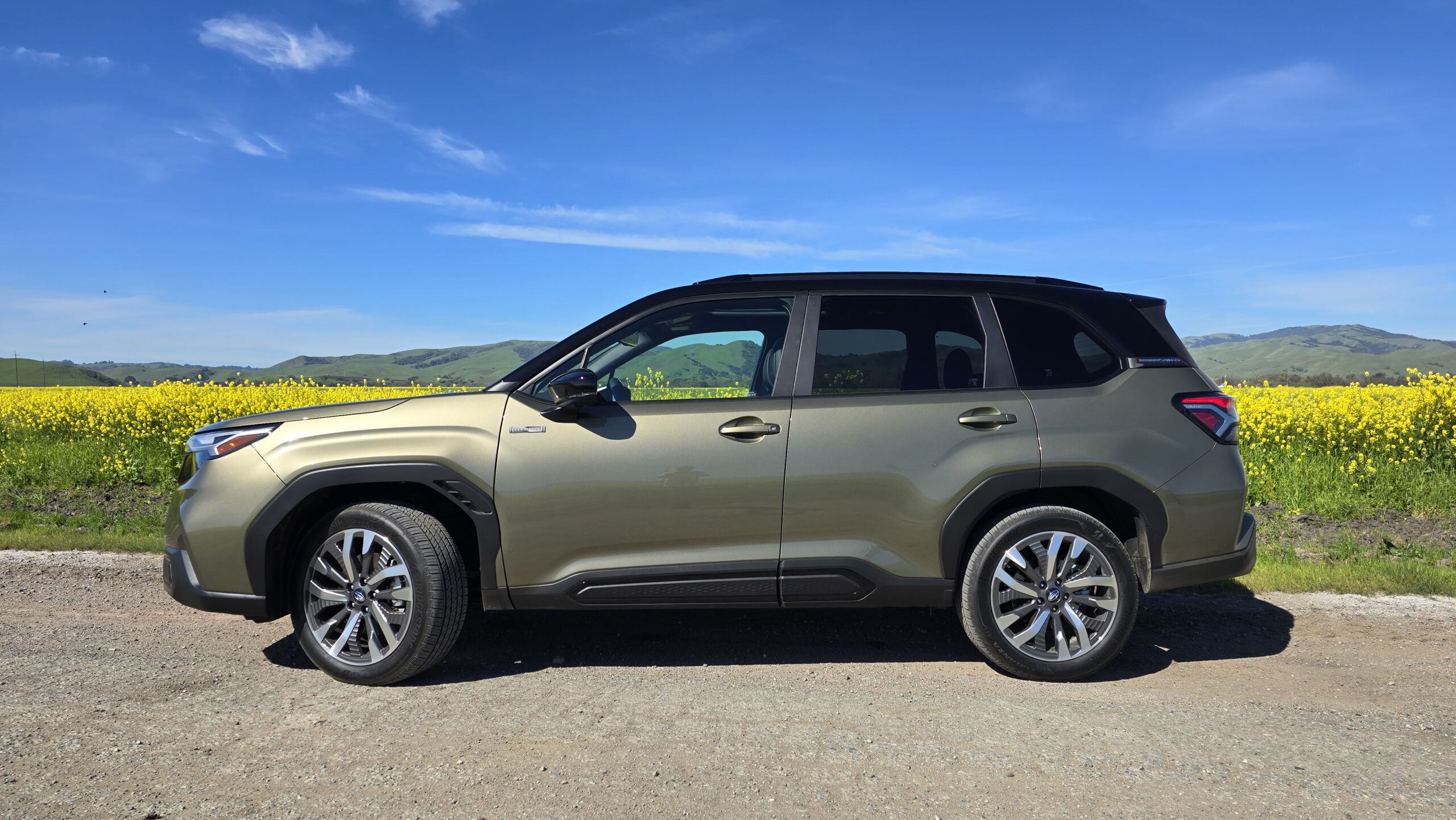
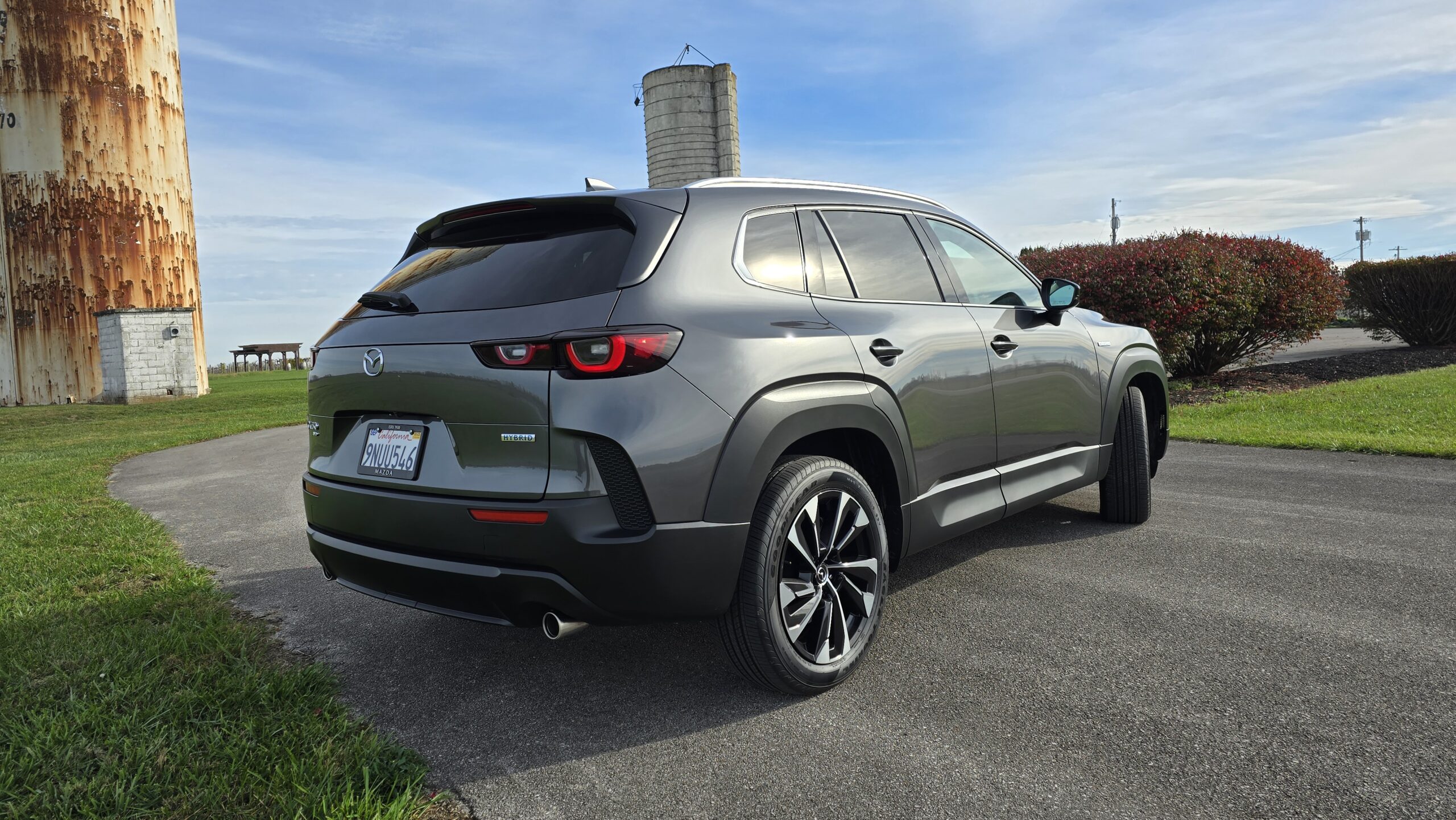


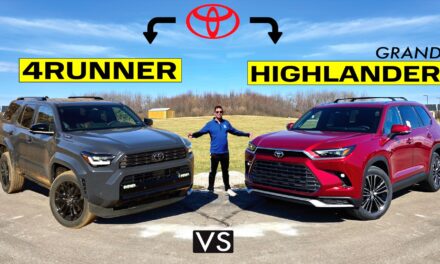
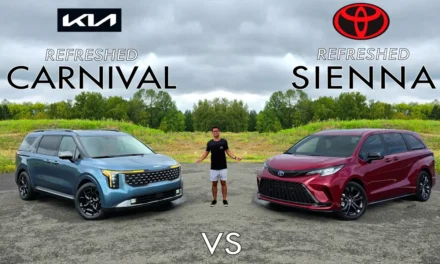
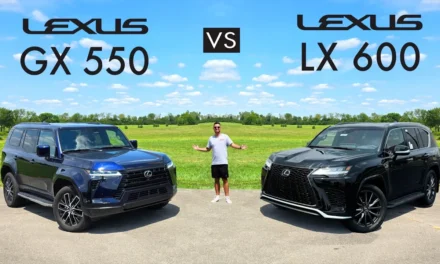
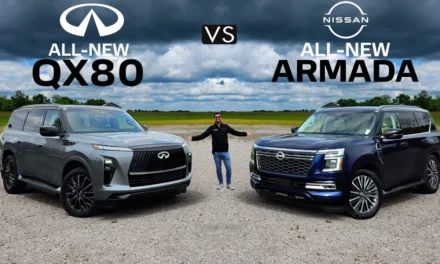




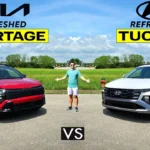

Recent Comments